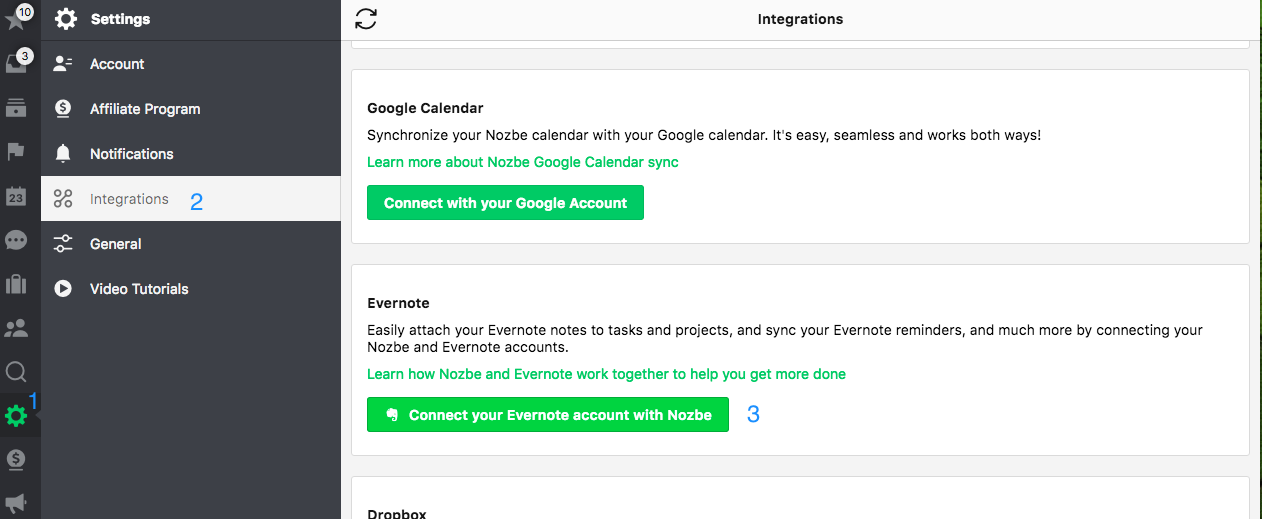Evernote Reminder is the feature allow its users to add alerts inside your Evernote account and via email address. Reminder features currently available including Mac, Android, iOS, The Web, and Windows Phone devices.


Reminders
Take a shortcut. To start things off easy, try your hand at some powerful search keyboard shortcuts. The new Evernote for iOS is a major milestone in our journey to rebuild our apps, our infrastructure, and how we ship software. But it's only the beginning. Evernote News Introducing the New Evernote for iOS. We’ve rebuilt our app for iPhone and iPad from the ground up to be more intuitive, more stable, and ever more useful. Evernote recurring reminders are on the way, according to this interview with Evernote CEO, Chris Philbin. In the meantime, here’s how you can set up recurring reminders in the next few minutes. It’s a solution that continues to work very well for me. The usual disclaimer that your mileage may vary applies, of course. Evernote widgets and quick note options were designed for taking notes at the speed of thought (ok, not quite that fast, but still pretty fast). With Evernote widgets, you can quickly jot down text notes, snap photos, and create reminders, all without opening the Evernote app.
Evernote Reminders Google Calendar
Working with note-based reminders
Reminders can be set on individual notes in a user’s Evernote account and allow the user to:
Sync Evernote Reminders With Google Calendar

- Receive alerts at a pre-determined time. In the official Evernote client applications, these alerts may be local notifications, icon badges, etc. This will vary by application and will include a daily digest email sent by Evernote with a list of all reminders due that day (provided the user has opted into this feature).
- Place one or more notes at the top of a list of notes (the contents of a notebook, results of a search, when browsing a tag — basically any instance in which notes are listed).
This functionality is controlled by three attributes in the NoteAttributes data structure: reminderTime, reminderOrder and reminderDoneTime.
reminderOrder
Setting the reminderOrder attribute, a long integer value, accomplishes three things:
- Sets a reminder on the note that will be synced to Evernote. All other Evernote applications—as well as third-party applications—will have access to the reminder data.
- Forces the note to appear at or near the top of list of notes (depending on the number of visible notes with the attribute set).
- Controls the position of the note within the visible notes with
reminderOrderset.
The latter effect warrants some additional discussion.
Adobe master collection cs6 mac download torrent. If, for example, a notebook contains 10 notes and three of them have reminderOrder set, the three notes will be sorted (in descending order) according to the value of reminderOrder. When set by an official Evernote application, this value will be a Unix timestamp, expressed in milliseconds, indicating when the user marked the note as a reminder. Third-party applications should do likewise when setting the reminderOrder attribute on a note.

reminderTime
Setting the reminderTime value on a note indicates that the user wishes to be reminded of that note at the specified date and time. The alert will be triggered, potentially using a variety of platform-specific notification methods, at whatever date and time is stored in the reminderTime attribute. This value is a Unix timestamp expressed in milliseconds.
Evernote Reminders Windows
Note that if reminderTime is set on a note that does not currently have reminderOrder set, the Evernote service will automatically assign a value to reminderOrder. It is important, however, to understand how reminderOrder works and how to set it manually.
reminderDoneTime
When a user marks a note containing a reminder as “done”, this attribute is set to the date and time—also a Unix timestamp expressed in milliseconds—when the user performed that action (and should only be manipulated by third-party developers in the same case). Third-party integrations that make use of the reminders functionality may want to account for “completed” reminders in their UIs.
If reminderDoneTime is unset on a note and reminderTime is still set, the reminder should be re-enabled in the UI.
Evernote Reminders Recurring
Reminder Reordering
Third-party integrations that make use of reminderOrder may support the arbitrary reordering of notes by the user (though, this is fairly advanced functionality and isn’t a requirement for third-party integrations). For example:
If the user is viewing a list of the same three notes described earlier like so:
- Note A (where
reminderOrderis set to 10) - Note B (where
reminderOrderis set to 20) - Note C (where
reminderOrderis set to 30)
If the user drags Note A between Note B and Note C, the reminderOrder value for Note A must be reset to fall between the reminderOrder values for Note B and Note C. In this case, Note A’s reminderOrder value should be set to 25 in this case. In practice, the reminderOrder of the note being moved should be set to the average of the reminderOrder values of the two surrounding notes.
Evernote Reminders
Manual ordering of notes with reminderOrder set is an advanced operation; most developers will not need to concern themselves with it unless it is beneficial for their particular integration.
Note: while technically allowed, the simple integers in the above example were used to simplify the illustration of the concept and should be avoided in actual use in favor of actual timestamp values.
Sample Code
The following snippet creates a new note object, sets reminderOrder and reminderTime within the note’s NoteAttributes structure and creates the note by calling NoteStore.createNote. The last line of the snippet sets the reminderDoneTime attribute to the current time, which marks the reminder as “done”:
Evernote Reminders 2019
To search for notes with reminderOrder (or any other reminder-related attribute) set, you can use an instance of NoteFilter in conjunction with NoteStore.findNotesMetadata:
